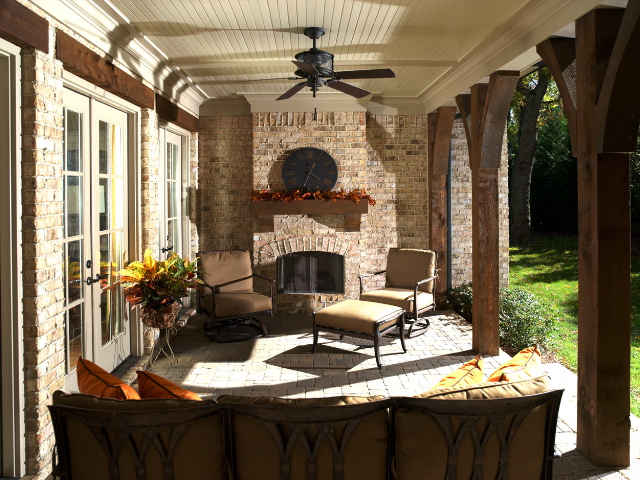What’s a good payback or return on investment for a “green” product?

The term “green” is being increasingly applied as an easy way to identify products, including building materials and new homes, as having a better or smaller impact on the environment. That’s fine for marketing slogans and advertising headlines, but it’s also dangerous if the product (or house) isn’t truly sensitive to its environmental impact and is simply trying to ride the coattails of a sincere effort to lessen our carbon footprint. In those instances, intended or not, the term “greenwashing” comes into play. Simply, it refers to incomplete, insincere, exaggerated, or downright untrue promises made about a product’s environmental performance, with no real evidence to back it up.
As a professional builder confronted with “green” claims from a variety of building product manufacturers and some competitors, we are keenly aware of the threat that greenwashing can have on our credibility as a quality contractor. So, in our business, we make every effort to substantiate the claims made by our suppliers regarding reduced water use, recycled content, energy efficiency, and other performance characteristics that relate to creating a “green” building.
How? Thankfully, the “green” movement within and outside of the building industry has spawned a wealth of independent, third-party companies that scientifically verify those claims with a battery of standards and test methods. When considering a product or system, we look for certifications from those entities, as well as specific performance information (such as the precise amount of energy the furnace claims to save) to give us confidence. In addition, several local, state, and national “green” building programs, such as Energy Star, have cropped up to help us and other builders identify materials and methods that result in better-built homes. These programs not only serve as frameworks for higher-quality housing, but also refer to the independent verification programs, such as the EPA’s WaterSense (for low-flow plumbing fixtures), to give us greater assurance that we are truly building green. Even then, however, manufacturers and some builders may unintentionally misuse the certifications they earn from such testing or evaluation. For instance, there’s no such thing as an “eco-friendly'” or “environmentally-sensitive” product or house, two terms that have no scientific basis and smack of greenwashing. Failing to go the extra mile to verify environmental performance claims can put us at risk of becoming greenwashers, too.
It’s also our responsibility to surround so-called green products and systems with a quality-built house that effectively optimizes the energy use, water use, and durability of those products. That way, we can all feel good, and be confident in, your investment and our combined efforts to make the Earth a healthier place to live for us and future generations.
